Revised Design Includes Digitally Controlled ND Filter, Lever-Lock E Mount, and Easy Grip Arm Adjustment
Today, Sony announced the PXW-FS7 II, an advanced version of its FS7 camcorder. The new model adds an electronic variable ND filter, a lever-lock-type E-mount, and a redesigned arm for easier tool-less adjustment.
The new camera does not replace the existing FS7, nor will buyers get a price break on the older camera, which will remain available in a body-only version. (The FS7's original kit lens will remain available for purchase separately.) The FS7 II is set to ship in January in a camera-only version with an estimated street price of $10,000 or in a $13,000 kit that includes a new 18–110mm servo zoom lens.
"The FS7 II is not replacing the FS7," explained Sony Senior Manager of Technology Juan Martinez. "It is a more advanced model positioned at a higher level. But signal processing-wise … it is at the exact same level."
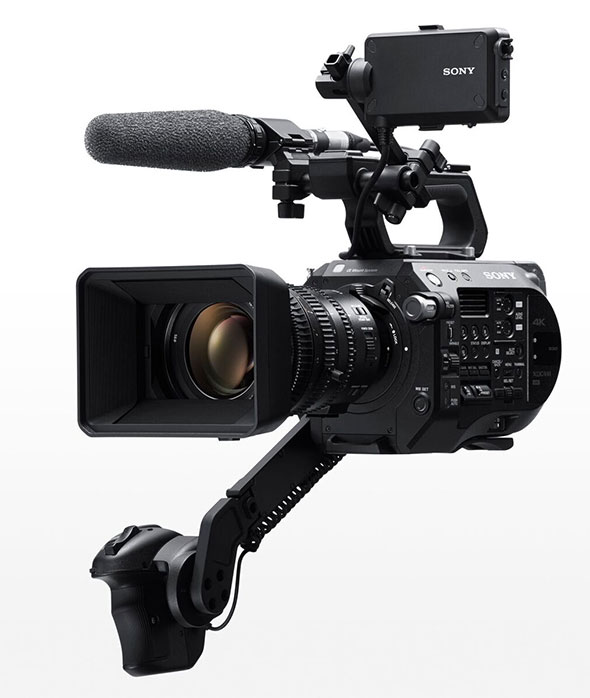
Electronic Variable ND Filter
The marquee feature on the new model is the digitally controlled Electronic Variable ND Filter, which Martinez called "a breakthrough technology that will become commonplace five to 10 years from now." The variable ND offers attenuation in a two-to-seven stop range, and presets can be selected with 1/3-stop precision.
Used in manual mode, ND filter adjustments are completely smooth, with no visible stepping in the image. That helps operators quickly and precisely dial in exactly the right degree of filtering for the correct exposure or desired depth-of-field effects. The ND can also be used in an automatic mode, where it functions much like a traditional auto iris to change exposure based on the lighting, but without the changes in depth-of-field characteristics that go along with iris adjustments. That means DPs can use the iris to set depth of field, and use ND filtering as a separate adjustment to control exposure.
Lever-Lock E Mount
Another big change is the new lever-lock mount, which is designed to make it easier to change lenses while reducing the likelihood of dropping one. Martinez compared the new mount to a PL mount, noting that it has been designed to support the same weight as the F55's PL mount, which allows the use of longer cine-style and zoom lenses. Additionally, the mount now requires a double-latch release, reducing the likelihood of the lens being accidentally released.
"A lens change is now a one-hand operation," DP Chuck Fishbein said during a press event introducing the camera. Fishbein had been putting the camera through its paces in New York City, a test drive that led him to declare, "This camera [is] as easy to use as a PMW-EX3."
Click image to load a higher-resolution version.
Mechanical Design
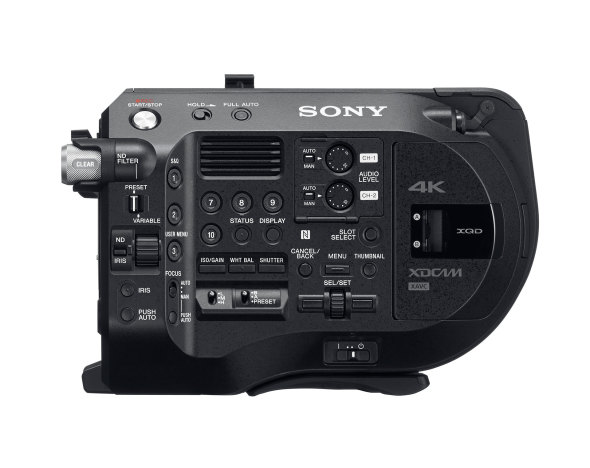
Click image to load a higher-resolution version.
The memory card slots have been redesigned so the cards stick out a little farther from the camera body, making them easier to remove (especially in cold weather). Additionally, parts of the button layout on the camera's side have been changed following feedback from users, and a green LED power light has been added. The FS7 II also offers BT.2020 support — which may show up in the FS7 as well, Martinez said.
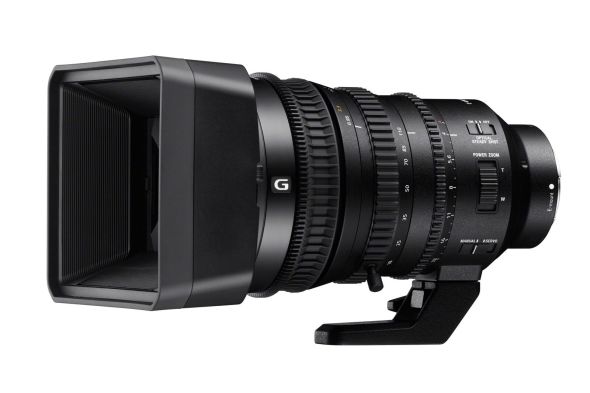
The final element is the new SELP18110G servo zoom lens, which is being released as an FS7 II companion. It has an 18–110mm focal range and is designed for a Super-35 or APS-C form factor with smooth, silent iris, zoom and focus control, including slow zoom crawls that take 90 seconds to run from one end of the lens to the other.
Did you enjoy this article? Sign up to receive the StudioDaily Fix eletter containing the latest stories, including news, videos, interviews, reviews and more.
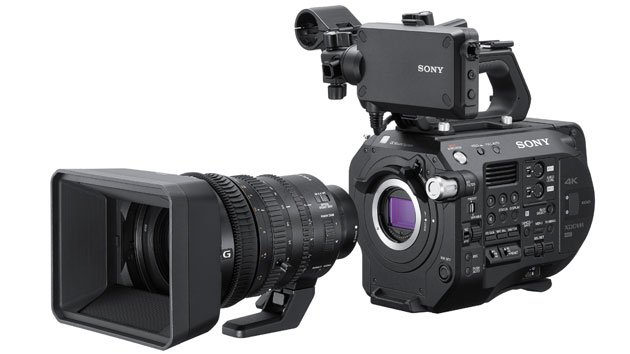
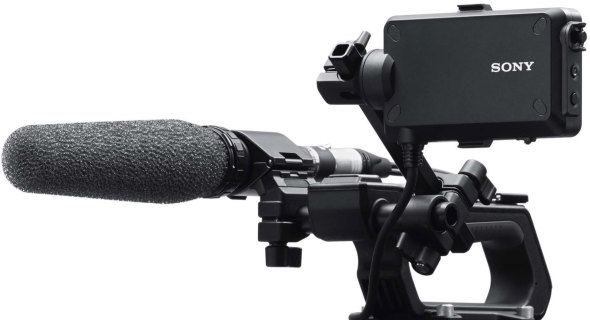









One year late. About time.
The ND filter technology sounds like a game changer.